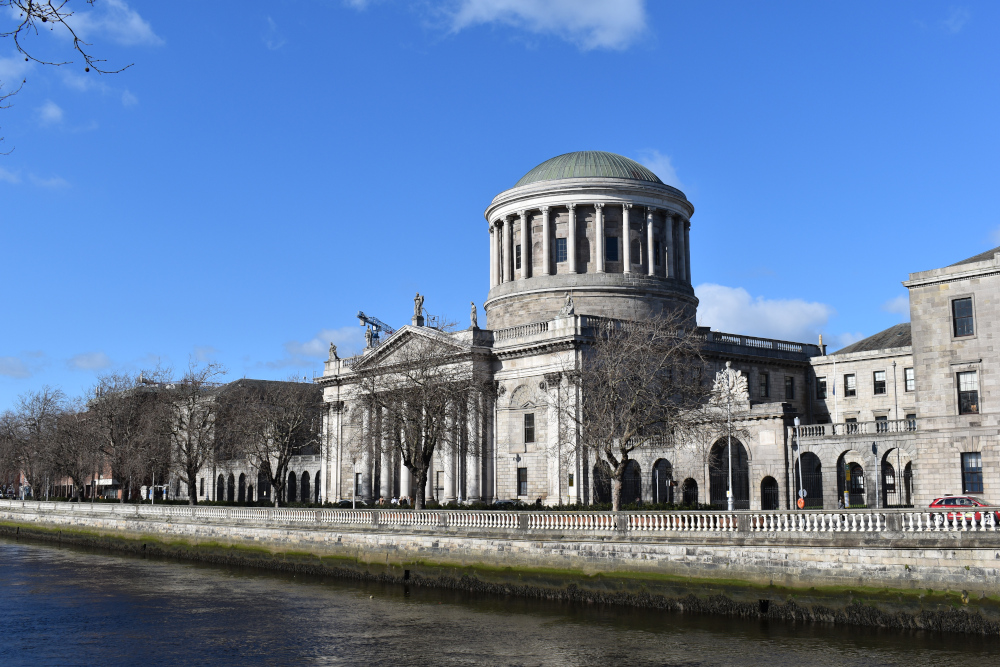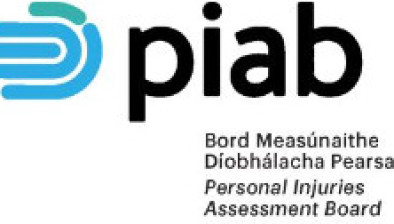High Court: €17,500 awarded to cleaner for moderate contact dermatitis sustained at work

The High Court has awarded €17,500 in general damages to a cleaner who gradually developed contact dermatitis on her hands through exposure to chemical cleaning substances at work.

About this case:
- Citation:[2024] IEHC 659
- Judgment:
- Court:High Court
- Judge:Ms Justice Nuala Jackson
Delivering judgment for the High Court, Ms Justice Nuala Jackson determined that “the dermatitis in this instance included both hands but that, with treatment, a full recovery is to be expected. The intensity of the condition has clearly significantly diminished over time as was observed at hearing.”
Background
The plaintiff was employed by the defendant as a cleaner in a factory premises until 2019, when she resigned having developed contact dermatitis on both of her hands sometime in May 2017.
In August 2020, the plaintiff instituted proceedings seeking damages in respect of her injuries, claiming that she was regularly exposed to strong cleaning chemicals and had been supplied with inadequate gloves which failed to protect her from same.
By the time that the case came on for hearing, issues concerning the quantum of loss, the plaintiff’s non-compliance with s.8 of the Civil Liability and Courts Act 2004 (as amended), causation and whether the plaintiff’s claim was statute-barred remained live.
The High Court
The High Court considered s.8 of the 2004 Act which states that where a plaintiff in a personal injuries action fails to serve a written notice on the alleged wrongdoer stating the nature of the wrong alleged against it before the expiration of two months from the date of the cause of action, or as soon as practicable thereafter, the court can draw such inferences as appear proper and make no order as to costs or can deduct an appropriate amount from costs awarded to the plaintiff.
Finding that non-compliance with s.8 was not denied by the plaintiff, Ms Justice Jackson confirmed that she would consider this failure in the context of any costs application in the matter before her.
Turning to the issue of whether the plaintiff’s claim was statute-barred, Ms Justice Jackson found that in order for the plaintiff’s claim to be statute-barred her knowledge of her cause of action must have accrued before 4 April 2017, taking into account the statutory period of disapplication of time during her application to the Personal Injuries Assessment Board (PIAB).
The judge heard medical evidence and the plaintiff’s evidence on this issue, finding that there was minor symptomology prior to 4 April 2017. However, the court noted that s.2(1) of the Statute of Limitations (Amendment) Act 1991 makes it clear that time runs from the plaintiff’s date of knowledge (if later) of inter alia their injury, the significance thereof, that the injury was wholly or partly attributable to the act or omission alleged to constitute negligence, nuisance or breach of duty and the identity of the defendant.
The court also highlighted the provisions of s.2(2) of the 1991 Act which deems ‘knowledge’ to be that which a plaintiff might reasonably have been expected to acquire from facts observable or ascertainable by them or with the help of medical or other expert advice.
Ms Justice Jackson determined that the plaintiff did know of her injury prior to April 2017, relying on the test in Whitely v. Minister for Defence [1998] 4 IR 442 as supporting the application of a partly subjective and partly objective test in respect of when the plaintiff realised her injury was significant.
The court stated the test to be applied as follows: “(a) The subjective test – what was the state of mind of the Plaintiff at the particular time in terms of the significance of the injury? (b) The objective element – ought the particular plaintiff at the particular time reasonably to have sought medical or other expert advice having regard to the symptoms from which she was suffering and the other circumstances in which she then found herself?”
Finding that the plaintiff was not subjectively aware before April 2017 that the redness and dryness on her hands was sufficiently serious to justify the institution of proceedings or to warrant medical advice in respect of same, Ms Justice Jackson also disagreed that the plaintiff could be imputed with constructive knowledge at an earlier date.
As to causation, the court found it “amply clear from the evidence that the plaintiff’s injuries were occasioned” by the admitted breaches of duty of the defendant.
Turning to the issue of quantum of loss, Ms Justice Jackson found the plaintiff’s evidence unsatisfactory in that regard and noted that the plaintiff’s GP had not appeared to consider referral to a specialist to be necessary, rather the referral had been requested by the plaintiff’s solicitor.
The judge also considered that the plaintiff’s evidence in relation to her work opportunities was unsatisfactory as there were many ‘dry’ employments which did not mandate the use of chemicals which were available to her and found the plaintiff’s contentions as to the interference with her family life caused by her injuries “somewhat incomprehensible”.
Nonetheless, the court determined that the plaintiff’s injuries were at the upper levels of moderate intensity with full recovery expected and that the plaintiff was in a position to resume appropriate employment no later than January 2021.
Conclusion
Accordingly, the High Court awarded €17,500 in general damages for the plaintiff’s injuries by reference to the Book of Quantum, and put the matter back to a later date for the calculation of special damages and for the hearing of costs applications.
Kepa v. Noonan Services Group Limited [2024] IEHC 659











